A NEW STAGE
| December 17, 2015 | Post In LEAP 34
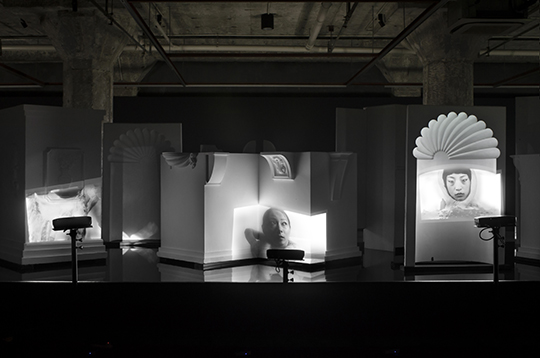
The theater, once solely the spatial medium of performance on the stage, has slowly become a common part of contemporaryartistic parlance, and has greatly extended its own meaning as well. Gao Shiming, leading the curatorial team of the 2010 Shanghai Biennale, observed the anxiety artists experience in the face of the speed of the art system, borrowing the concept of “rehearsal”—the wish to experience what is already known in order to stimulate continuous expansion in scope and depth through trial and error.
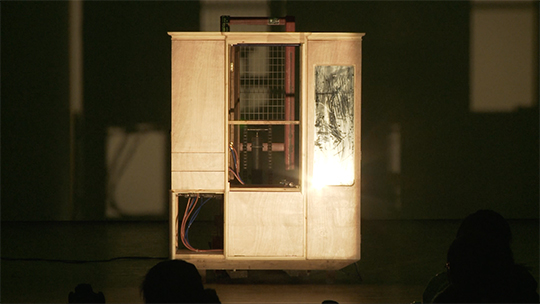
In our traditional understanding of the stage, the reenactment of an existing reality takes place in a highly compressed time and space, and various artistic forms (painting, video, music, dance) can be integrated into a holistic work. The experimental theater further enlarges this space with the simultaneously antagonistic and cooperative relationship between individual and collective, producer and audience, performance and everyday behavior—extending to the reinterpretation of political relations in a broad sense. Brecht and his peers established close connections with avant-garde art and progressive politics.
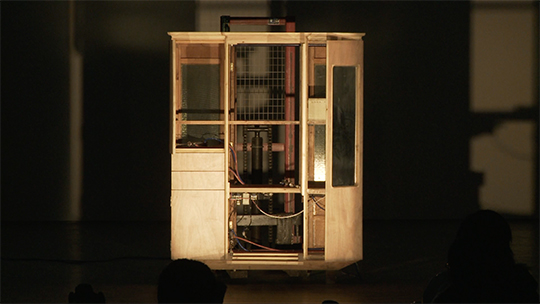
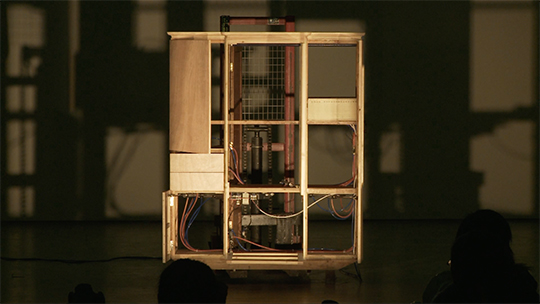
Today, drama has also extended its focus from performance itself to the reinterpretation of the relationship between everyday life and the stage, touching on issues that all creative practices face regarding presentation, dissemination, and spectatorship. Attracted by these aspects, how, exactly, do artists deal with existing dramatic ways of working, and how do they utilize their experiences in visual art on the stage?

The relationship between Wang Jianwei’s artistic practice and the theater is largely determined by his ways of working. Borrowing theatrical forms allows him to better implement his methods. He uses the example of training actors: he first asks an actor to perform actions, unrestricted by any other requirements, until the body reaches its freest and most comfortable state. Many of the actors observing would applaud the liberation of the body but, on the contrary, Wang thinks that the freer the body feels, the less conscious the actor is of his or her own inertia, and the less open his action becomes. As a director, Wang has derived this creative principle from practice: he forms and maintains a mutually skeptical working relationship in a complicated and cooperative environment rather than striving directly for the sensations to be generated by the final work. He rejects routine working methods that rely on knowledge and information, instead maximizing the bounds of the various systems in play.
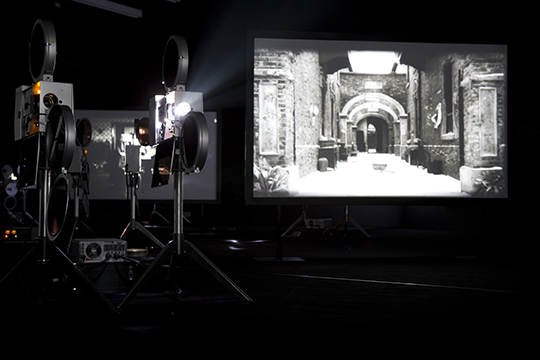
From the beginning, Wang’s theatrical work has had no direct relationship with the existing experience or issues of drama. Like Gao, he adopts the dramatic concept of rehearsal to describe and practice methods of knowing one’s innate inertia. Performance, stage design, and prop design are also involved in this process, but the relationship between them goes beyond the existing experience of classical or modern dramatic practice. We sense, in the details of his work, the insufficiency of our knowledge and experience, which is exactly what Wang hopes to stimulate. In the exhibition “Time – Theater – Exhibition,” specially made cabinets are suspended in the spotlight: doors of various sizes open and close via remote control, and mirrors on the cabinet doors reflect the lighting to form a beam of light moving through the space. The actions of the cabinets are reminiscent of the visual impressions of actors’ body language on stage, yet are also at odds with what we expect to see in reality. Through this contrast, the artist touches on the familiar and habitual experiences mobilized by viewing the work.

Yang Fudong makes a connection between his practice and the theater by reflecting on the relationship between film and contemporary art, particularly with the film production process and the experience of viewing video art in the black box. In the exhibition “One Half of August,” he installed architectural models and furniture painted white, forming a surface over which he projected Seven Intellectuals in Bamboo Forest in five parts. In classical theater, actors develop a storyline in a constructed, simulated setting; Yang establishes his set like a stage set as an installation. When he goes on to project moving image, this installation becomes both props and set; Yang compresses three-dimensional characters and their performances into two-dimensional moving images. Although projecting images over actors and props is common in experimental drama, what concerns Yang is the exploration of the black-box gallery—a stage without performers.

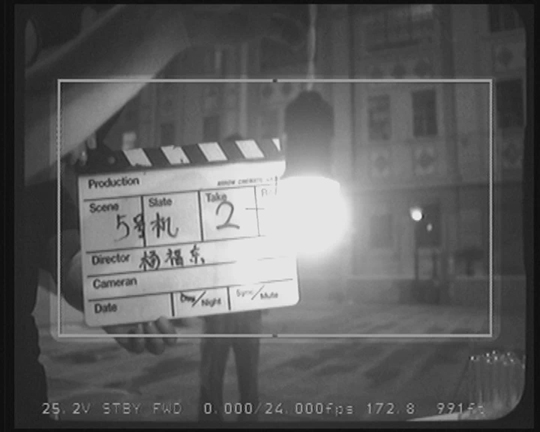

In “Dawn Mist, Separation Faith,” clips of nine failed films were shown in a dark gallery. Expensive film projectors are intentionally placed in the spotlight and operated by projectionists on site. The projectors and projectionists look like props and actors, respectively. The artist tries to model the audience’s viewing experience after the darkened stage. This exploration is furthered in The Fifth Night, in which a set—a street corner of old Shanghai—is documented by seven cameras simultaneously shooting characters passing through. He intentionally includes both the performance and the behind-the-scenes process in the frame so that, when the seven channels are projected in the gallery, the visual experience of viewing these moving images resembles that of a director previewing seven monitors on set. The artist manipulates the viewing relationship to tempt the audience into the director’s role, making the gallery more the artist’s material than merely a venue. In other words, the performative aspect of drama becomes a form of viewing, allowing the audience to have a more open experience with the work.
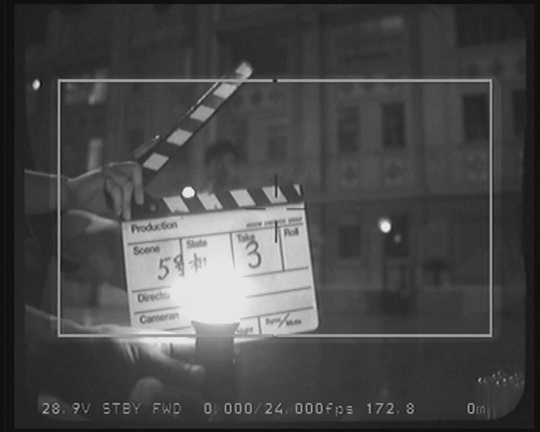
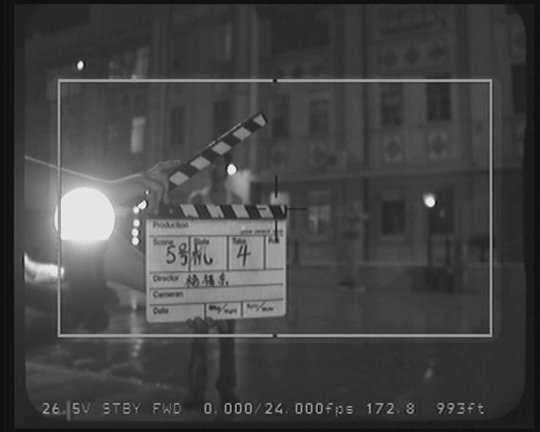
Cao Fei’s 2005 play PRD Anti-Heroes demonstrates the close ties between artists’ theatrical production and curatorial work. It was produced in relation to D-Lab, a long-term exchange program for curatorial discussions and project incubations launched by Hou Hanru as curator of the second Guangzhou Triennial, “Beyond: An Extraordinary Space of Experimentation for Modernization.” D-Lab organized some ten symposia that invited practitioners from various fields to converse, focusing on patterns of development in the Pearl River Delta region. Prior to this, Cao Fei had shot a documentary about Sanyuanli, an urban village in Guangzhou, and had developed an interest in the book PRD Anti-Heroes, published in Hong Kong in the 1970s, which recounted the unofficial history of how regional warlords in Panyu, Nanhai, and Shunde in the 1940s took power in troubled times, celebrating underground order and popular rebellion. In preparation for her adaptation, Cao founded a research group via D-Lab, including members of Urban China magazine. With these creative resources, the medium of drama seemed best able to maximize and enhance the project through performance, visual effects, and music. Consisting of several sections, the resulting work pieces together unofficial local histories, rumors, anecdotes, online folklore, contemporary events, and impressions of tropical life, more like a local variety show or televised gala than a drama in the strictest sense. When the work was finally presented on site, viewers felt an energy that was uniquely witty and tied to place, theatrical articulation of social chaos and alternative order.
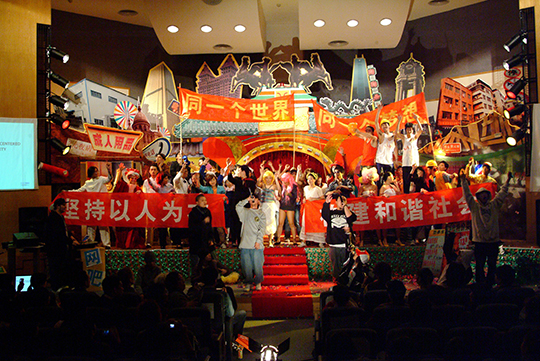
Performativity, reenactment, and bodily experience have become common questions that art producers need to consider.

Just as the boundaries that define performance art are dissolving, there is no longer any need to regard theatrical practice as a special category—at least from the perspective of contemporary art. (Translated by Yao Wu)

